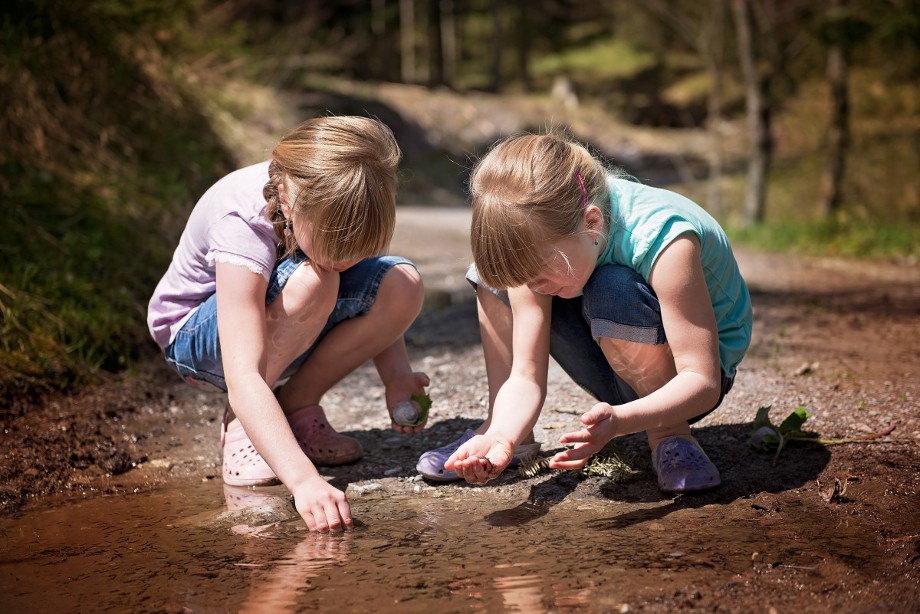Safe and Healthy Living Environments

In addition to societal and individual factors, public health and wellbeing is affected by several environmental factors. At THL, extensive research is conducted on the impacts of environmental factors on people’s health, illnesses, and well-being.
We provide information and guidance regarding health effects of biological, chemical, physical as well as social and psychical factors, and their interactions, prevention of environmental health and welfare hazards, and preparedness to environmental health and welfare hazards.
The RDI-programme on Safe and Healthy Living Environments has four main themes:
- Natural environment theme contains research on the health and wellbeing effects of climate change and biodiversity (including green and blue areas, heat, darkening winters, climate actions).
- Built environment theme contains research on the health and wellbeing effects of urbanization and buildings (including air pollution, environmental noise, indoor environments, safe drinking and bathing water and environmental chemical exposures).
- Social and psychical environment theme contains research on social determinants of living environments, such as health and wellbeing effects of socioeconomic status of the living areas, lowered safety, and violence (including accidents and domestic violence).
- Food environment theme contains research on food and food environments from the perspective of healthy and sustainable nutrition (including public catering).
Examples of projects in the RDI Programme
CLIMATE NUDGE (in Finnish)
The project develops “nudges” that improve the state of climate and examine their health-related and economic effectiveness.
HEATCLIM (in Finnish)
The project develops “nudges” that improve the state of climate and examine their health-related and economic effectiveness.
CHAMPS (in Finnish)
The project examines the impact of climate on mental and physical health and the societal challenges in adapting to climate change.
The impact of moisture damage on the microbiome of indoor environments and the effects of exposure on the lung tissue (REMEDIAL) (in Finnish)
The project identifies microbiological and toxicological markers typical of buildings with moisture damage and develops methods for measuring them.
HiMiKKo (in Finnish)
The study produces information on how air purifiers work in reducing different impurities in indoor air in primary school environments.
The Finnish Indoor Air and Health Programme 2018–2028
The objective of the programme is to reduce health and well-being hazards linked to indoor environments in Finland by promoting human health and well-being, preventing hazards and investing in holistic treatment and support.
CleanSchool (in Finnish)
The project examines how cleaning affects exposure to chemical and microbiological impurities in schools.
Safeguarding groundwaters through real-time monitoring (SIPO) (in Finnish)
The project is aimed at determining factors that constitute a threat to ground waters and testing real-time monitoring methods as a way of managing threats.
WastPan
The WastPan project develops wastewater-based monitoring in case pathogenic microbes and their antibiotic resistance spread.
Nordic studies on occupational and traffic noise in relation to disease (NordSound) (cancer.dk)
The project studies single and joint effects of traffic and occupational noise on the development of different diseases.
List of research and development projects in THL
Contact information

Jaana Halonen | Expertise
Research Programme Director
Finnish Institute for Health and Welfare
tel. +358 29 524 6100
[email protected]



